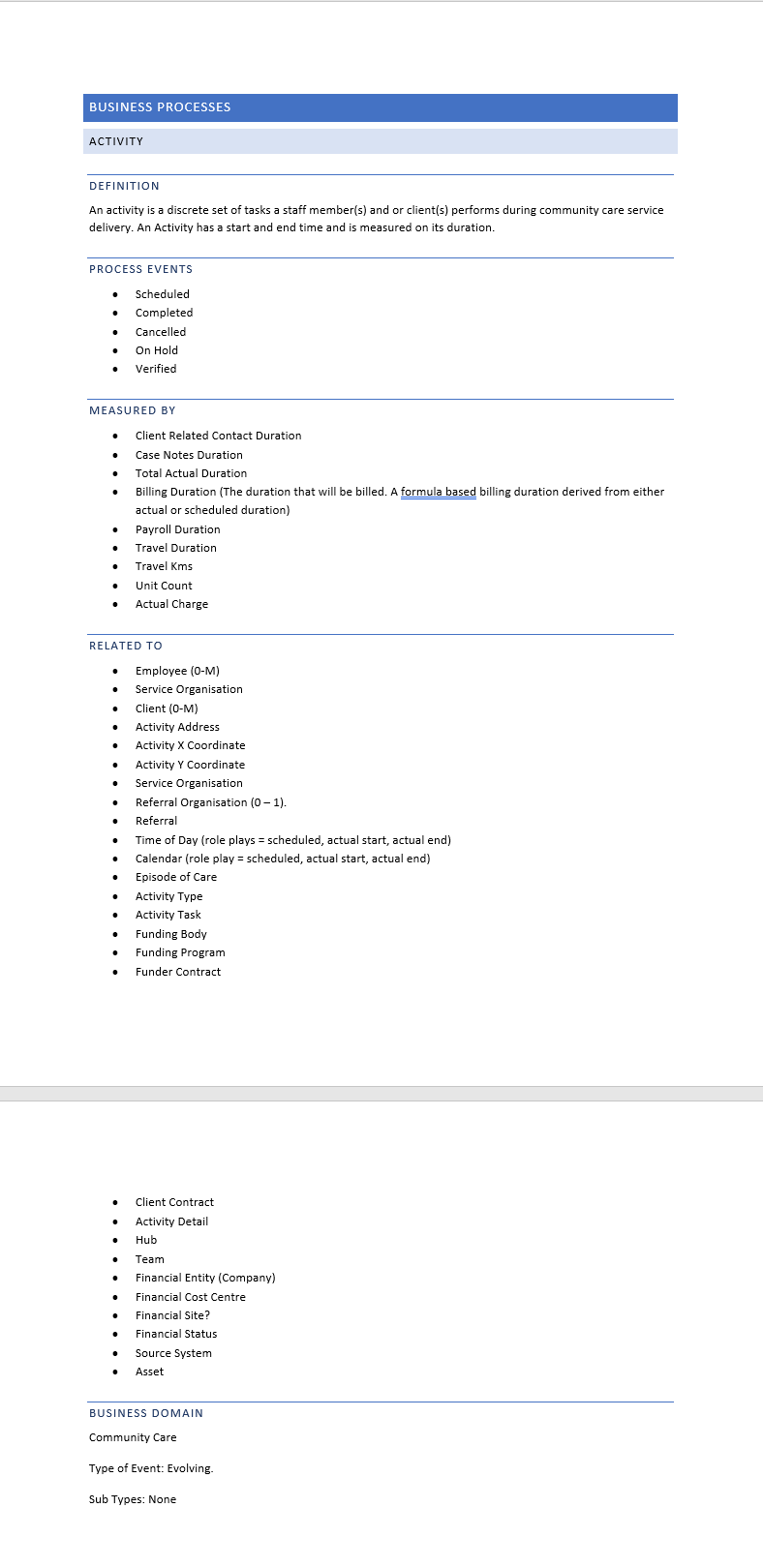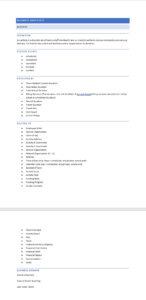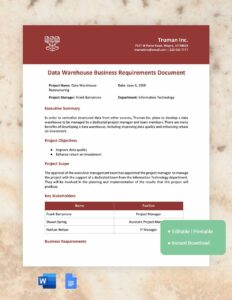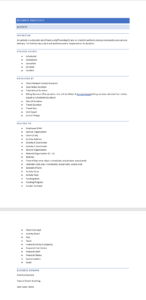Effective data integration is critical for businesses to leverage the full potential of their data. ETL (Extract, Transform, Load) processes play a vital role in this integration by extracting data from various sources, transforming it into a consistent format, and loading it into a target data warehouse or data lake. To ensure successful ETL implementations, thorough requirements gathering is essential.
An ETL requirements gathering template provides a structured approach to capture the necessary information and ensure alignment between stakeholders. It helps define the scope of the ETL process, identify data sources and targets, and specify data transformation rules and quality requirements.

Comprehensive ETL Requirements Gathering
An ETL requirements gathering template should address various aspects of the ETL process. It should begin with defining the business objectives and data integration goals. This includes understanding the types of data to be integrated, the desired outcomes, and the expected benefits.
Next, the template should identify the data sources and targets. This involves specifying the systems, databases, or files from which data will be extracted and the destination where the transformed data will be loaded. It is essential to document the data formats, structures, and any dependencies between data sources.
The ETL requirements gathering template should also capture the data transformation rules. This includes defining how the raw data will be cleansed, standardized, and transformed to meet the business requirements. It is important to specify the transformation logic, including any calculations, aggregations, or data quality checks.
Finally, the template should address data quality requirements. This includes defining the acceptable levels of data accuracy, completeness, consistency, and timeliness. It should also specify how data quality will be measured and monitored to ensure ongoing data integrity.
Effective Requirements Gathering for Successful ETL
To effectively gather ETL requirements, it is essential to engage with key stakeholders across the business, including data analysts, business users, and technical teams. Workshops and interviews can be conducted to capture their insights and perspectives.
It is also important to leverage existing documentation, such as data dictionaries, data models, and business process diagrams. These resources can provide valuable information about data sources, data structures, and transformation requirements.
Once the requirements are gathered, they should be carefully reviewed and validated to ensure completeness and accuracy. The ETL requirements gathering template serves as a central repository for all the documented information and can be used as a reference throughout the ETL development and implementation process.
By following these best practices for ETL requirements gathering, businesses can lay a solid foundation for successful data integration projects. A thorough understanding of the business requirements, data sources and targets, transformation rules, and data quality standards will ultimately lead to reliable and valuable data that can drive informed decision-making and improve business outcomes.



